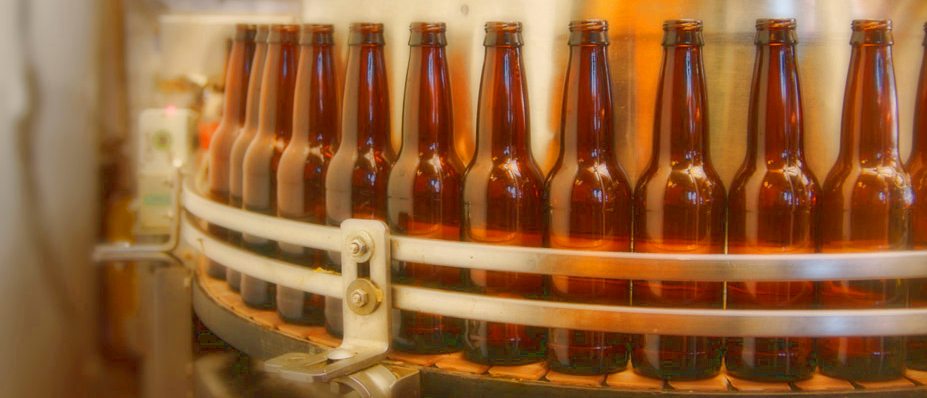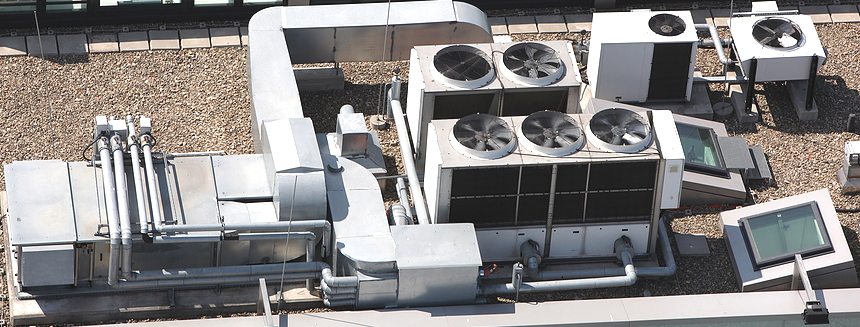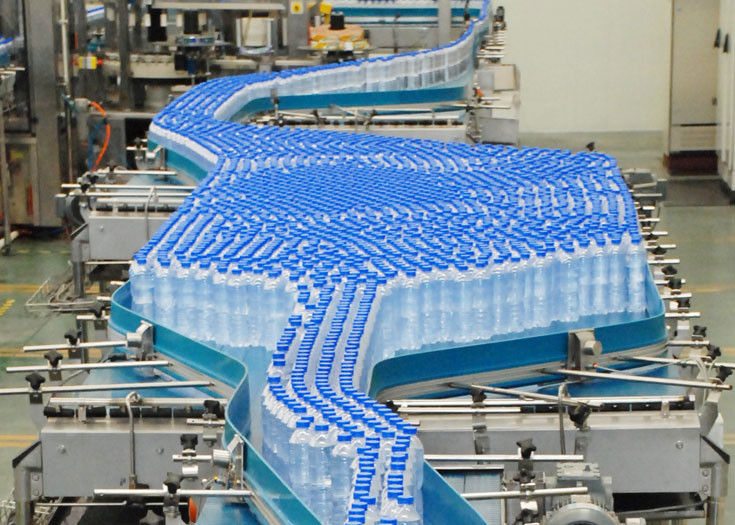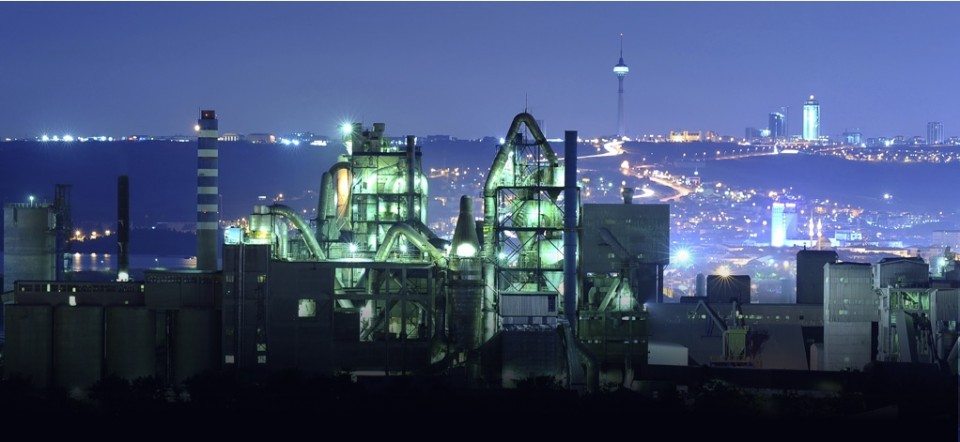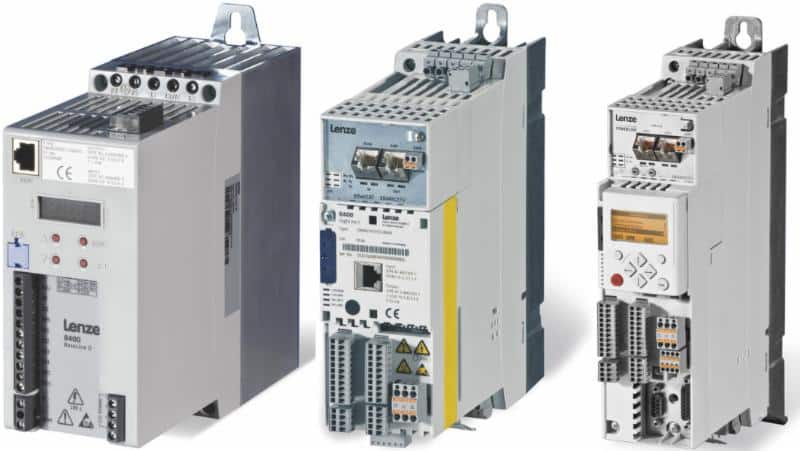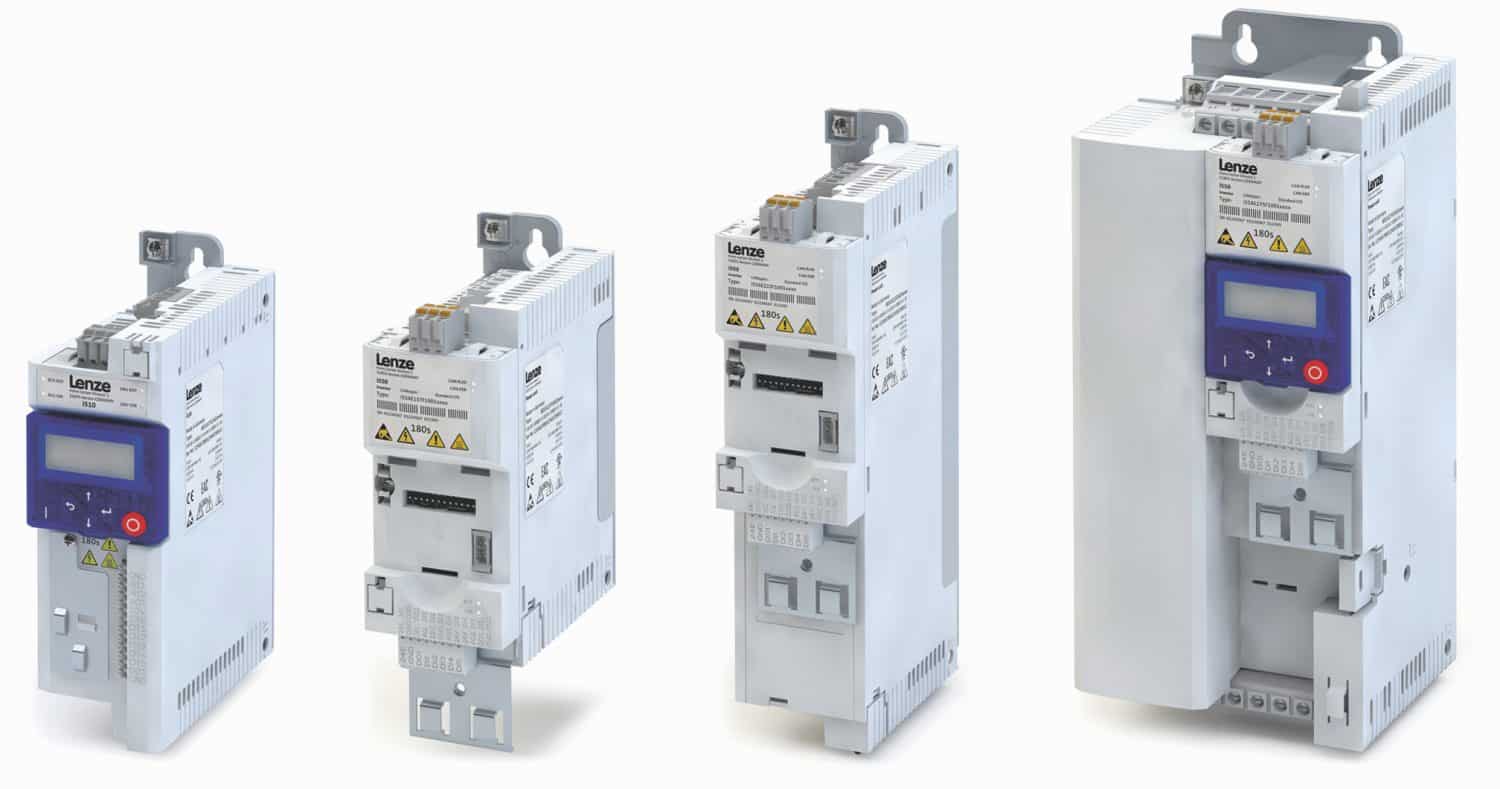Magnetek VFD Repair
Most Magnetek VFDrepair can be prevented with routine maintenance. Magnetek VFDrepair costs and lead times can also be reduced with routine maintenance. Magnetek VFD repair can be expensive and also cost manufacturers production downtime while the Magnetek VFD repair is in process.Most manufacturers stock spare Magnetek VFD modulesto prevent production downtime in the event of a Magnetek VFD failure.Components used for Magnetek VFDmodules are often cheaply made and prone to failure. Knowledgeable repair shops should replace cheaply made components with high quality components during the repair process. Using high quality components during a MagnetekVFDrepair ensures a longer lifespan of the VFD during production.
Connections
Checkingconnections is a step many people miss or do incorrectly during the Magnetek VFDrepair process. Heat cycles and mechanical vibration can lead to sub-standard connections, as canpoorroutine maintenancepractices. Reusing torque screws is not a good Idea on connections, and further tightening an already tight connection can ruin the connection.Bad connections eventually lead to arcing. Arcing at the VFDinput can result in nuisance over voltage faults, clearing of input fuses, or damaging protective components. Arcing at the VFDoutput could result in over-current faults or damage to the power components.
Loose connections can also cause erratic operation. Loose START/STOP signal wires can cause uncontrollable inverterstarting and stopping. A loose speed reference wire can cause the VFDspeed to fluctuate, resulting in scrap, machine damage, injury or death.
Conduct Diode and IGBT Tests
There are a number of methods to test the input and output power sections during Magnetek VFD repair processes, and this step is essential prior to applying power to the VFDunit. If there’s a short on the input or output side of the VFD, further damage to the VFD may result if power is applied to it.
For this reason, Precision Electric uses meters to properly test the input and output power sections of the VFDprior to applying power to the unit. If a short is found, the unit can be disassembled and the cause of the short can be diagnosed and quoted for repair. If the repair is too costly, then a replacement is offeredto the customer.
Power Up Unit
If the input and output power sections test healthy during this step of the Magnetek VFDrepair process, Precision Electric will power the unit and perform amp reading and output frequency tests. Precision Electric prefers to slowly increase power voltage to the unit until the rated input voltage of the VFDis achieved.
Depending on whether or not the VFD provides a display will determine what further action(s) will be taken. If the VFD display is unavailable, dis assembly and diagnosis of the internal power supply of the control section of the VFD is likely necessary to further evaluate cause of failure and establish costand lead time of the VFDrepair.
Run A Motor
If the previous tests have passed during the Magnetek VFDrepair process, Precision Electric willrun a basic jog function of the VFDwith a simple template program. Often when Magnetek VFD repair jobscome into our facility, technicians will backup operation programs that are stored in the VFD prior to inputting a template program and running test procedures. Backing up the operation program will ensure that Precision Electric canreinstall the program once the Magnetek VFD repair is complete.
The best method for backing up an operation program depends on the manufacturerof drive, but after it has been backed up, Precision Electric will either reset the VFDto factory defaults through the keypad and recommission a basic start, stop function. If the VFD is closed loop requiring an encoder, the encoder is tested for faults prior to running the start, stop test function. If the motor will not run in factory default mode, the motor output voltages and motor current ratings are checked to see if the VFD is functioning properly for motor rotation.
Magnetek VFDrepair should be taken with extreme caution. VFDrepair should only be performed by technicians who have required training and experience to work with electrical equipment. Precision Electric strongly recommends consulting an expert in the field when repairing or installing industrial electrical equipment.Many VFD units have an internal DC bus that retains an electrical charge after power to the drive is turned off, which means it’s unsafe to work with. Technicians performingMagnetek VFD repair should always take extra precautions to ensure proper safety measures are taken to prevent injury or death.
For Magnetek VFDrepair and Magnetek VFDreplacement quotes, contact Precision Electric.

